Are Akita Dogs Dangerous?
No, Akitas are not dangerous. While this native Japanese dog can be a little intimidating because of its size, they should not be feared. They are often given a bad reputation for being aggressive, but this has more to do with how the dog is raised and trained.
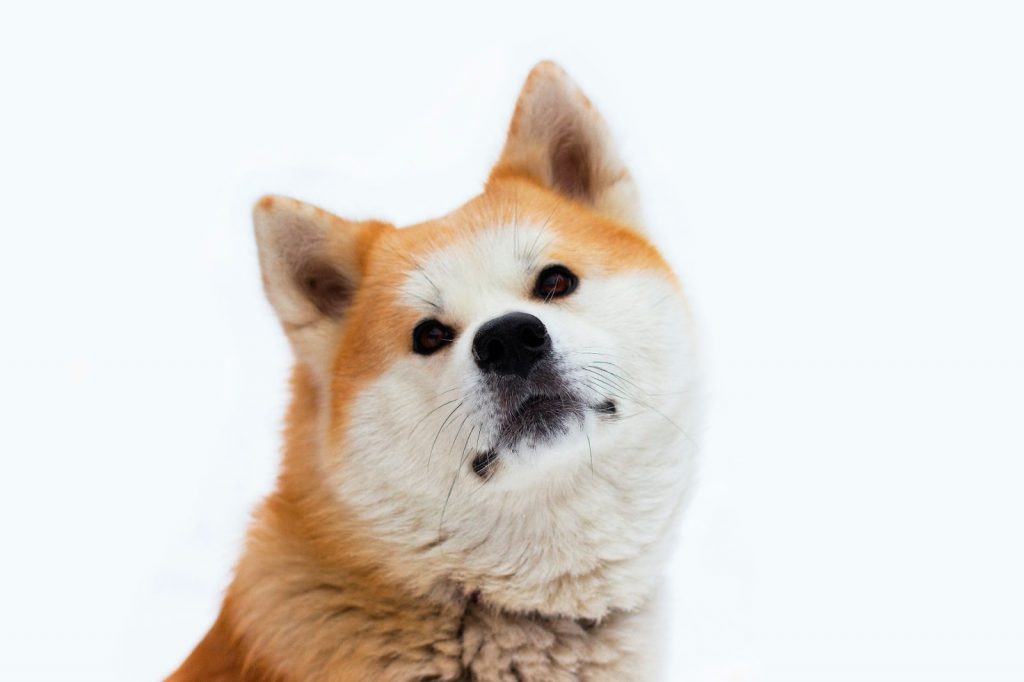

In general, any dog breed has the potential to be aggressive and it all boils down to its upbringing. Naturally, if a dog grows up without proper socialization skills, training, care, and love – there is a high probability that it will become destructive.
The same principle goes for Akitas that were originally bred for hunting. It’s not innate in their instincts to attack humans, but an untrained Akita could pose a high threat against smaller animals if left together unattended.
Table of Contents
Do Akitas Attack Their Owners?
No, Akitas do not attack their owners. A well-loved and properly trained Akita will not bite its owner. But this does not mean that they are completely harmless. Akitas are bred to hunt deers and bears in Japan. This means that they still have it in their DNA to be aggressive when provoked. Furthermore, their dominant personality traits mean that they can oftentimes have a mind of their own and if not trained properly, they can become risky around children and smaller animals.
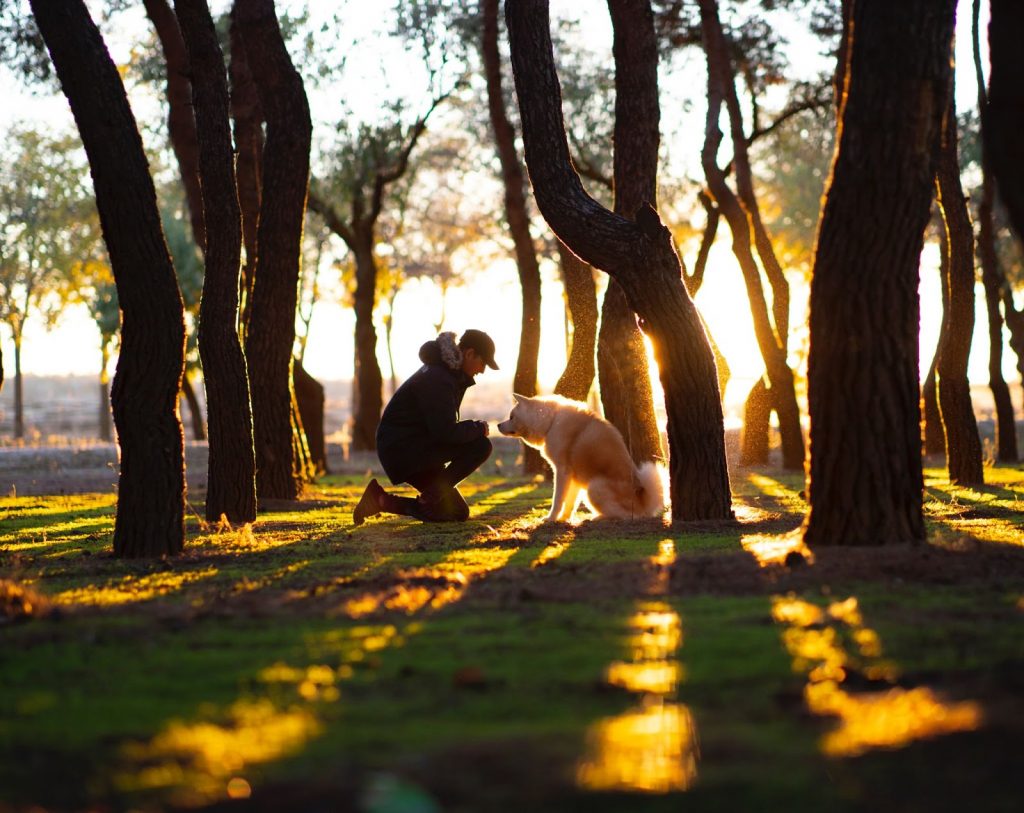

But when proper training and correct socialization are provided, these dogs are typically affectionate and loyal towards their owners. They are also innately intelligent and respond well to positive training techniques and reinforcements. Those who have Akitas and managed to create strong bonds with their dogs will find that they are more than capable of showing many acts of love and kindness.
Signs That Your Akita Might be Dangerous
Akitas are often perceived as dangerous primarily because of their size and protective instincts. Mix the two together and add a couple of other factors such as trauma, poor training, or neglect and it becomes a recipe for disaster.
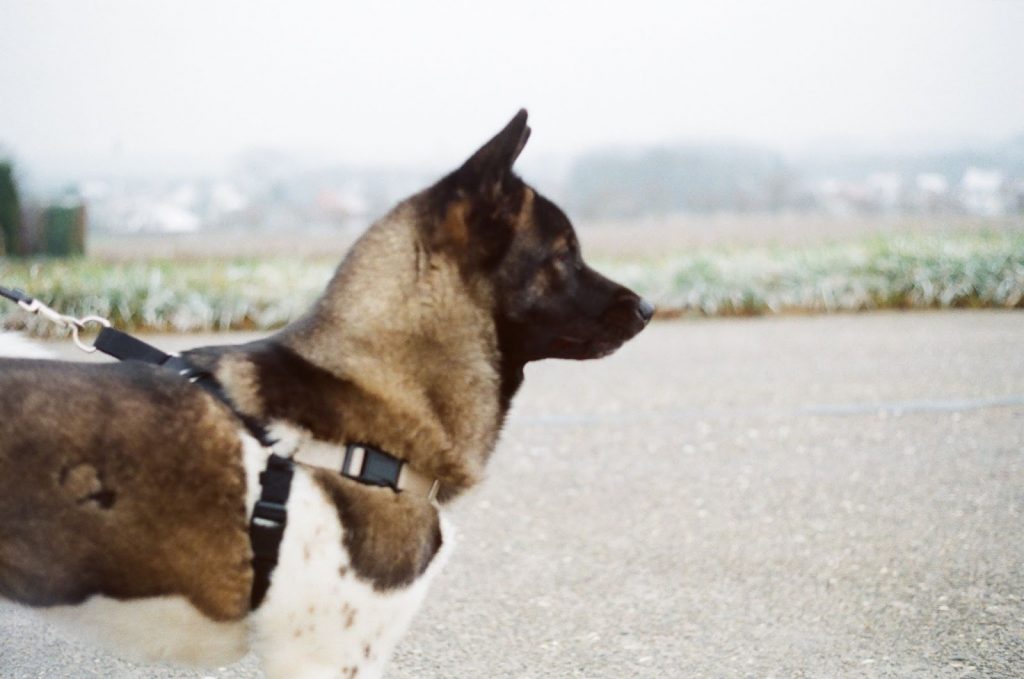

If you’re wondering if there are tell-tale signs if an Akita has the potential to be aggressive, here are some signals that might be suggestive:
Showing Fear Aggression
A fearful dog is also a defensive dog. Oftentimes, it’s hard to tell the signs when it comes to a defensive-aggressive dog, but they will likely display a submissive form of body language. These signs could include a lowered head and body, their tail hidden between legs, their ears drooped down, and avoidance of eye contact. Akitas with this kind of aggression dislike being touched and has a high chance of biting because of fear.
If your Akita displays this kind of behavior, only a professional dog trainer could intervene. Keep in mind that removing their toys, pushing them, or grabbing them by the collar could result in a dog attack.
Showing Dog to Dog Aggression
Akitas are known for their dominance and they might not do well with other dogs if they are not brought up and socialized properly. Dog to dog aggression is common most especially between male to male and female to female interactions. It could also be present when two dominant dogs come face to face.
Some obvious signs of dog to dog aggression include direct eye contact, raised ears, posturing, lunging, teeth exposure, and raised hackles. Playfighting is okay as long as they appear relaxed. Nonetheless, it should still be monitored and within limits.
Showing Dominance Aggression
Akitas are more prone to develop dominant aggression when they grow up without necessary training. A dominance-driven aggressive dog has more confidence in them and is considered more dangerous than the previous two types. They will not give any warning before biting and are more likely to attack and will retreat without running. Some signs that a dog is dominant aggressive include excessive low-range barking, growling and snapping, snarling, standing tall, ears erect, and a high tail with stiff movements. A good training program to correct behavioral issues is the only way to fix this kind of aggression.
Are Akitas More Dangerous Than Other Dogs?
No, they are not more dangerous than other dogs but they can be if they are maltreated, neglected, and raised without obedience training. Like all other breeds, a dog’s behavior is subject to how the dog was reared. In most cases, a dog’s aggression is directly linked to lack of training and socialization.
Although Akitas are often perceived as a dangerous breed, there is no such thing as a “bad” breed in dogs. For instance, German Shepherds, Rottweilers, and Pit Bull Terriers account for a large number of bite incidents, but that is mainly because these dogs are more likely to be used in dog fights.
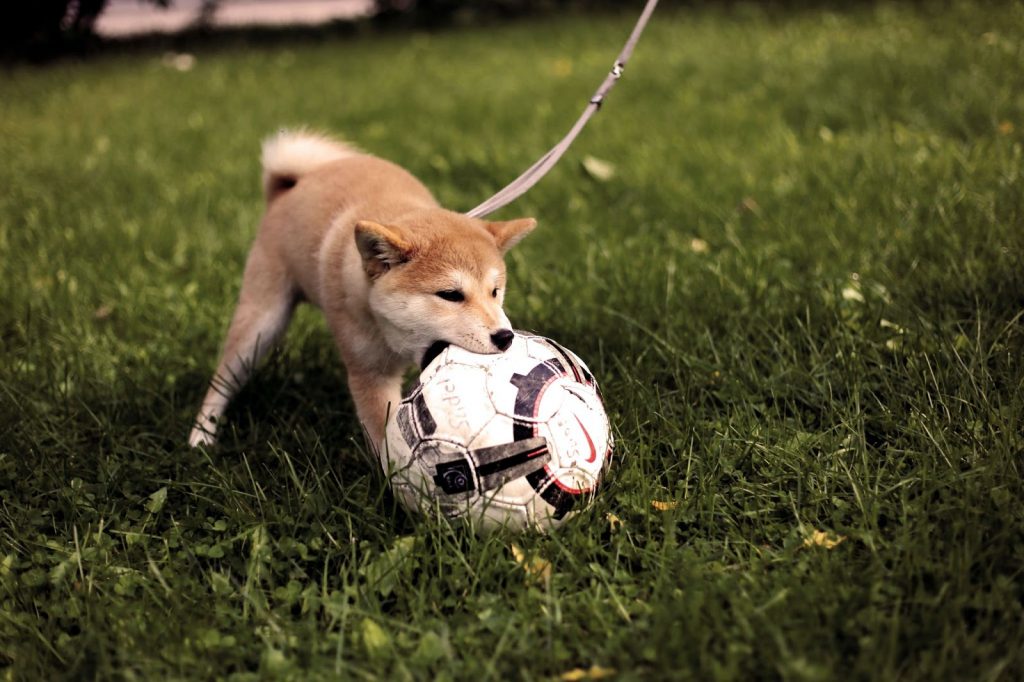

So, it’s not down to a dog’s breed that determines whether a dog will become aggressive or not. A dog’s behavior is a result of cumulative factors like training, socialization, and their owners.
What Makes Akitas Aggressive?
An Akita with a negative experience with people and other dogs will more likely bite or attack. These dogs might react aggressively unless they find no other reason to do so. Several reasons that might cause a flare in their tempers and knowing what these things are will be helpful if you plan to get an Akita or you have one in your home.
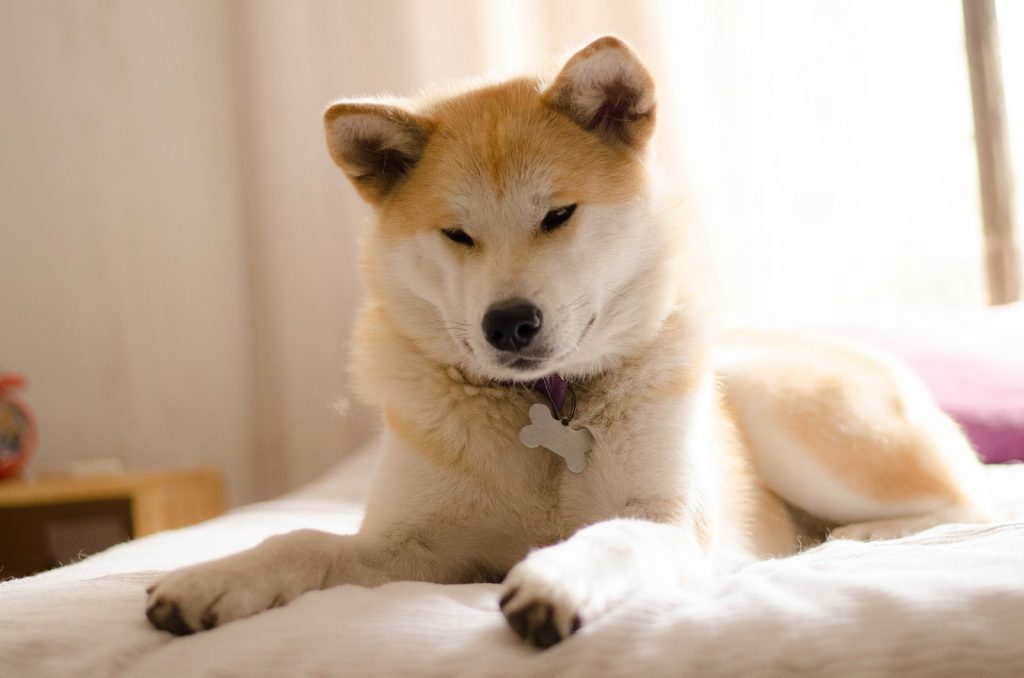

Children and Strangers
Akitas are not the same as Labradors or Golden Retrievers. They have different temperaments. They’re also not toy dogs. These Japanese native dogs are used by noblemen for hunting and guarding.
These dogs, especially those who are not trained, might react negatively when small children play and tug their tails or smack their heads. And because of their protective instinct towards their owners, they might not like having strangers by the door and especially around their beloved humans.
Environment and Training
Like all other dog breeds, an Akita that’s neglected, mistreated, and unloved will grow up aggressive. There are important factors that determine a dog’s behavior and two of them are where they grew up and how they were trained.
Akitas must undergo obedience training in the early stages of puppyhood. Eventually, they can be introduced to other dogs and people outside their home which then helps develop their social skills.
A puppy placed in a good home and with a dedicated owner will grow up to be a gentle and obedient companion. But a dog that grows up in an unpleasant environment with little to no interaction with its owner or other dogs will end up being hostile.
Injury and Illness
A dog that is sick and injured will act out aggressively when touched or approached. They do this as an act of defense especially when they feel vulnerable. Most dogs do not like showing that they are sick and weak to their owner and prefer to just tuck themselves away in a corner to deal with it alone.
Sometimes, a dog that doesn’t have any aggressive history will snap because of major discomfort or stress. Pain is a common cause of why all of a sudden your lovebug of a pup might start growling.
How to Deal With an Aggressive Akita?
If you find yourself in a difficult situation where your dog is showing unfavorable behavior, you need to know how to be able to deal with it properly, otherwise, things might just get worse.
Relax
Your dog can easily feed off your energy so when you feel stressed or anxious, they can tell that right away. If your dog suddenly becomes aggressive, the best thing you can do at the moment is to relax. Although it might seem like a crisis, the situation will only worsen if you let your emotions get the best of you. If you’re stressed out, your dog will be stressed out as well.
Evaluate
In a lot of situations, dog aggression is usually a symptom of a lingering problem. Dog whisperer Cesar Milan has dissected this issue and emphasized that a dog’s aggression is usually an indication that something is lacking.
It could be fear or insecurity that’s why your dog is acting that way. There’s also a high chance that your dog is frustrated which is often a result of a lack of physical activity. A lack of socialization could also be a root cause. But whatever it is, you must evaluate the situation at first.
Look back on the instances when your dog suddenly snapped or growled. Identify when your dog started to change its behavior. It’s helpful to know all of these things to come up with a better assessment.
Be Gentle
It’s natural to feel frustrated towards your dog if they don’t behave the way you want them to. But realize that oftentimes, it’s not a dog’s fault that they are the way they are. It relies heavily on how they’re nurtured.
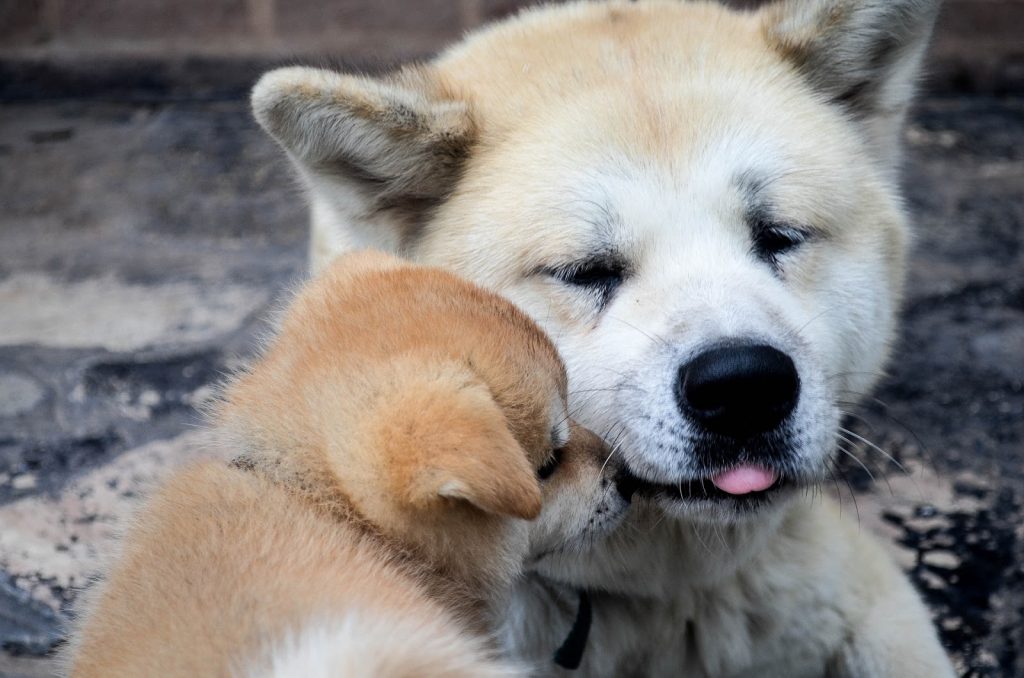

Most dogs that have “bad” reputations are just victims of unfortunate circumstances. Needless to say, they will always have their natural dog instincts, but just like children, the way you rear them while they are young is critical to ensure that they turn out obedient and well-behaved.
But in case they become aggressive for no reason, try to approach the situation gently. It’s unfair to assume that just because they snapped out of the blue, they are already “bad” dogs.
Seek Professional Help
Dog aggression doesn’t go away on its own and if there is no intervention, it might only make matters worse over time. So, if you notice that your dog is suddenly aggressive, it is best to consult a professional to make the situation least stressful and dangerous for you and your beloved pooch. There are certified dog trainers and animal behaviorists that will be able to help you when this kind of problem arises.
Ways to Train Akitas to be Non-Aggressive
If you want to get an Akita but you’re worried that it might turn aggressive, there are some methods that are helpful to avoid this problem. The most essential of them are listed down below.
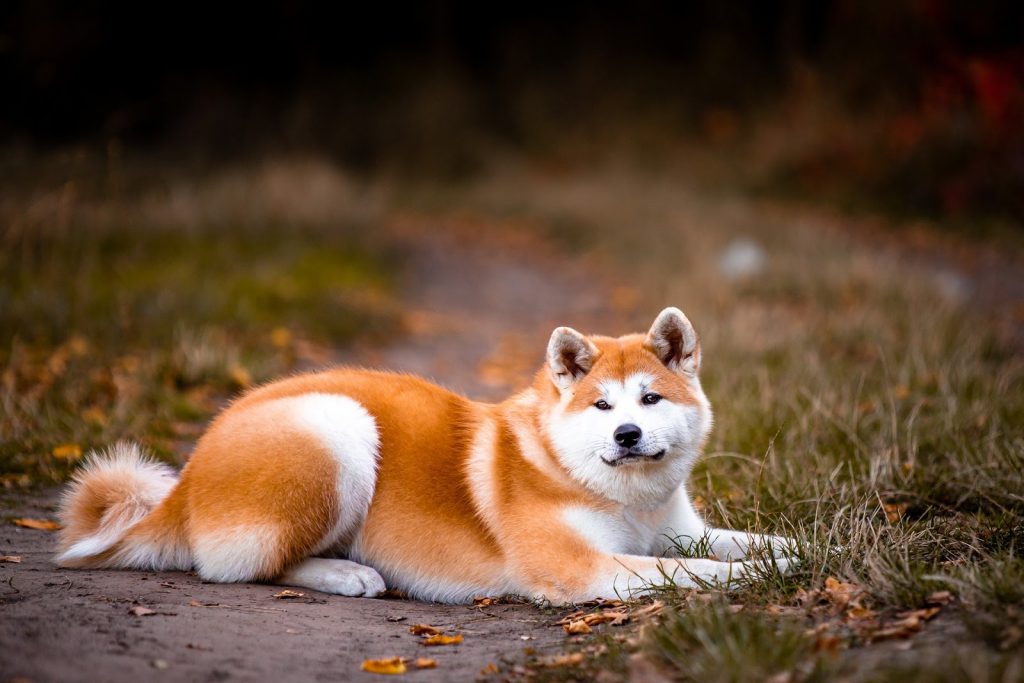

Be the Alpha
Akitas are dominant breeds which means that a firm hand is necessary when training them. You must establish yourself as the alpha or the leader of the pack, otherwise, your Akita will take that place. When that happens, you will have in your hands a potentially aggressive rival rather than a friendly companion. When correcting them, you should be firm but gentle. You must also shower them with praises as these dogs like indulging in positive reinforcements.
Early Training and Socialization
Early training and socialization are important for this breed because they grow up quite fast and mature easily. If you fail to train them whilst they are still young, you will find it more difficult to do when they have already grown big and stubborn. Socialization with other dogs and children is also critical so they don’t become anti-social. You can gradually expose them to different situations, like going to the dog park, going to a neighbor’s house, having friends come over, etc.
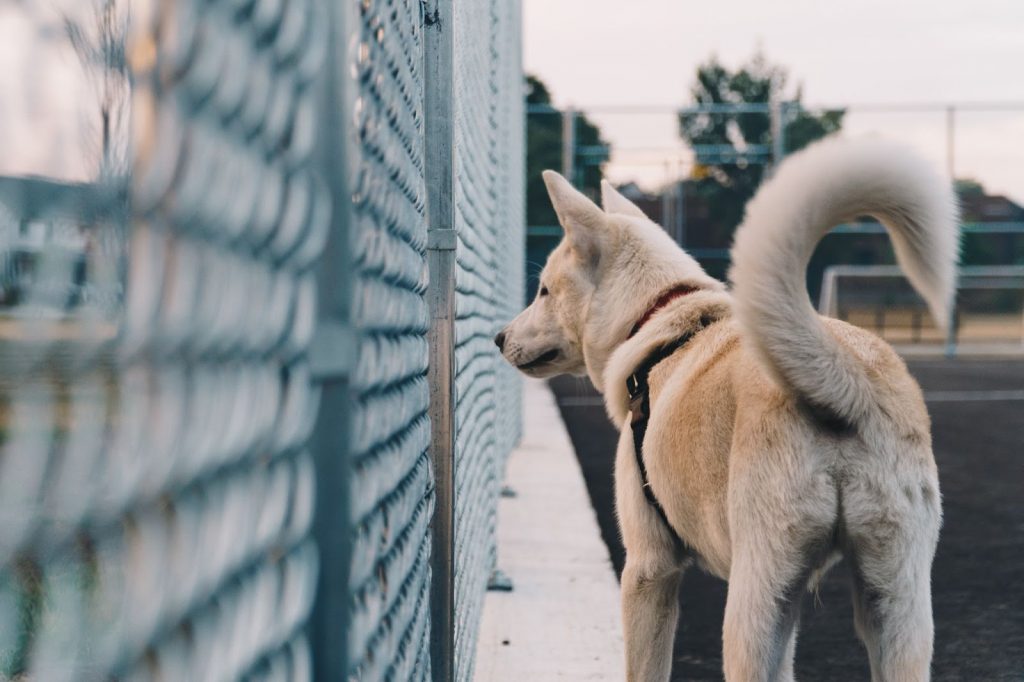

Leash Means Fun
Associate leash with the word fun. This means that when they put on the leash, they get to go outside, they get to play in the park with other dogs, they get to exercise, or even go to the mall for some puppy ice cream. Exercising and physical activity is important for this breed so they can release their energy to avoid being destructive. This also creates a bond between the owner and their dog. Besides, you need to show them you’re a lot of fun to hang around too right? So they’ll want to be around you more.
Effective Communication
Communication should be two ways. Oftentimes, owners just expect their dogs to understand them whenever they say a command. This doesn’t work for an Akita. For communication to be effective, you need to understand your dog’s language and in return, they will learn to understand you. These dogs are highly intelligent and you’ll be surprised how easily you can communicate with them once you decipher their dog code.
Shorter Training Sessions
Because these dogs are intelligent, shorter training sessions are often advised for this breed. When you give them a command, make sure that you have a reason for doing so. Otherwise, asking them to sit and stay ten times in a row won’t work. Again, these dogs are highly trainable and smart. They will know when commands are functional and when they’re being made fun of.
